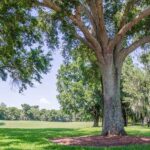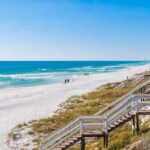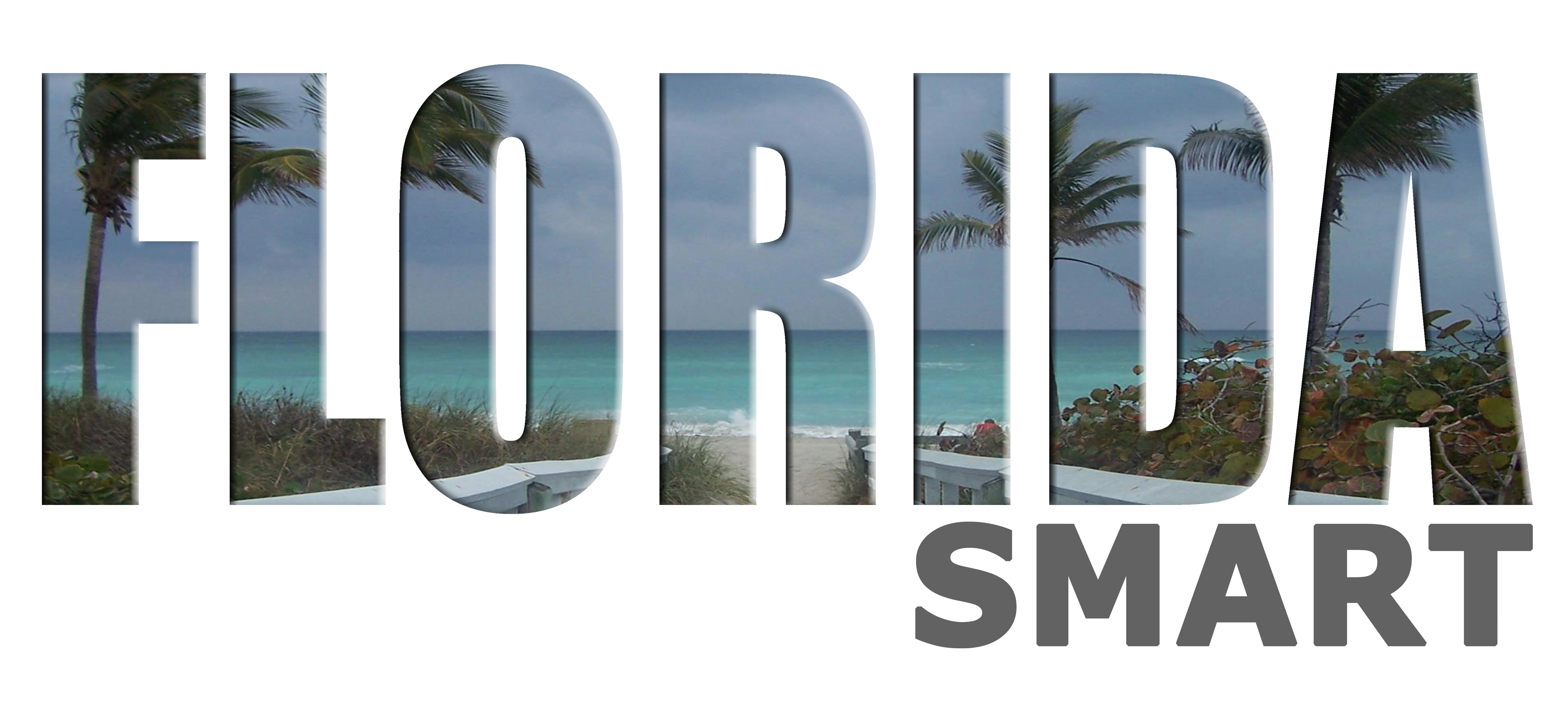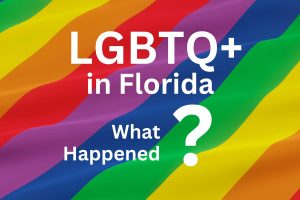Whether you live in Florida or are just visiting, get to know the Hurricane terms to understand the news when Hurricanes are near
With Hurricane Season lasting 6 months in the Atlantic basin, Florida is at risk for hurricanes half of the year. Visiting or living in Florida means you may have to deal with a hurricane threat, warning or a direct hurricane making landfall. So let’s go over some of the terms that you will hear when hurricane season brings storms our way.
Advisory
Hurricane and storm information that is reported to the public to issue watches and warnings.
Gale Warning
Sustained winds of 35-54 mph and strong wave action are expected.
Hurricane Watch / Warning
When a hurricane is possible within the next 48 hours, a hurricane watch is issued so that preparations can start. When the hurricane gets closer and seems more likely to make landfall in a specific location, the watch changes to a warning within 36 hours of the hurricanes anticipated landfall.
Tropical Disturbance
A moving area of thunderstorms is in the tropics that could be an early stage of a hurricane.
Tropical Depression
A tropical cyclone that has formed but has winds less than 39 mph.
Tropical Storm
When a tropical cyclone’s wind speeds exceed 39 mph, it becomes designated as a tropical storm and gets a name from the National Hurricane Center.
Tropical Cyclone
A tropical cyclone is the generic term used for storms that have a rapidly rotating storm system with a low-pressure center, strong winds and a spiral arrangement commonly referred to as a hurricane in the Atlantic and a typhoon in the Pacific.
Hurricane
When the wind speeds reach 74 mph, a tropical cyclone becomes a hurricane (in the Atlantic), in the Pacific it is called a typhoon. It is considered a Major Hurricane if it is a Category 3 or higher.
Hurricane Category
Hurricanes are categorized by the wind speed on a scale of 1 – 5 (Saffir-Simpson Hurricane Wind Scale), with 5 being the strongest and most catastrophic.
- Category 1 – 74-95 mph
- Category 2 – 96-110 mph
- Category 3 – 111-129 mph
- Category 4 – 130-156 mph
- Category 5 – >156 mph
For more details, see the National Hurricane Center information on the Saffir-Simpson Hurricane Wind Scale.
Storm Surge
When a hurricane is approaching, the abnormal rise in sea level that can be the greatest threat to life and property. The National Hurricane Center has a great in-depth overview about a Storm Surge here.
Eye & Eyewall of the Hurricane
The eye is the center of the circulation where the winds are comparatively light which is surrounded by the eyewall where the highest speeds and storms may be present.











